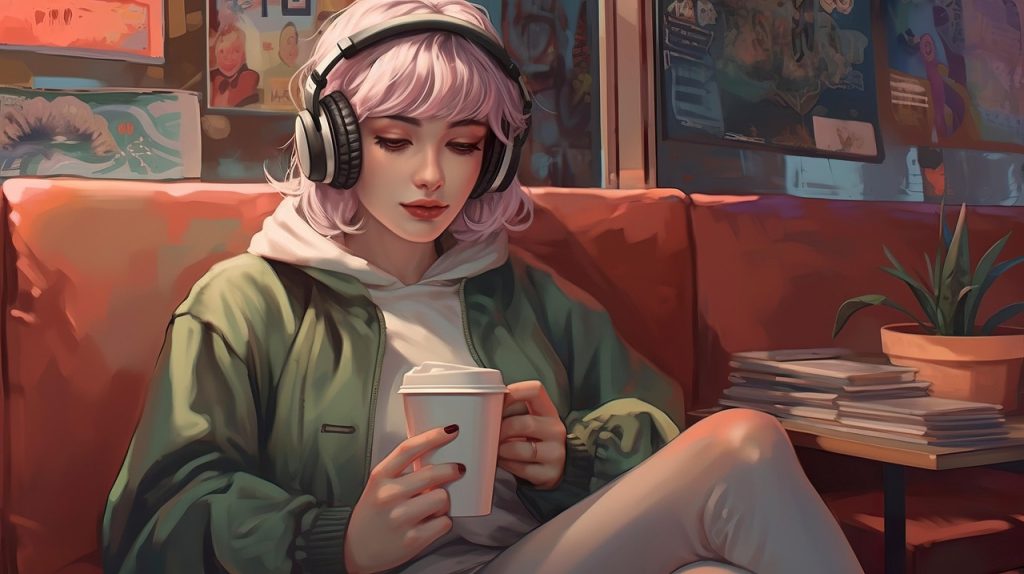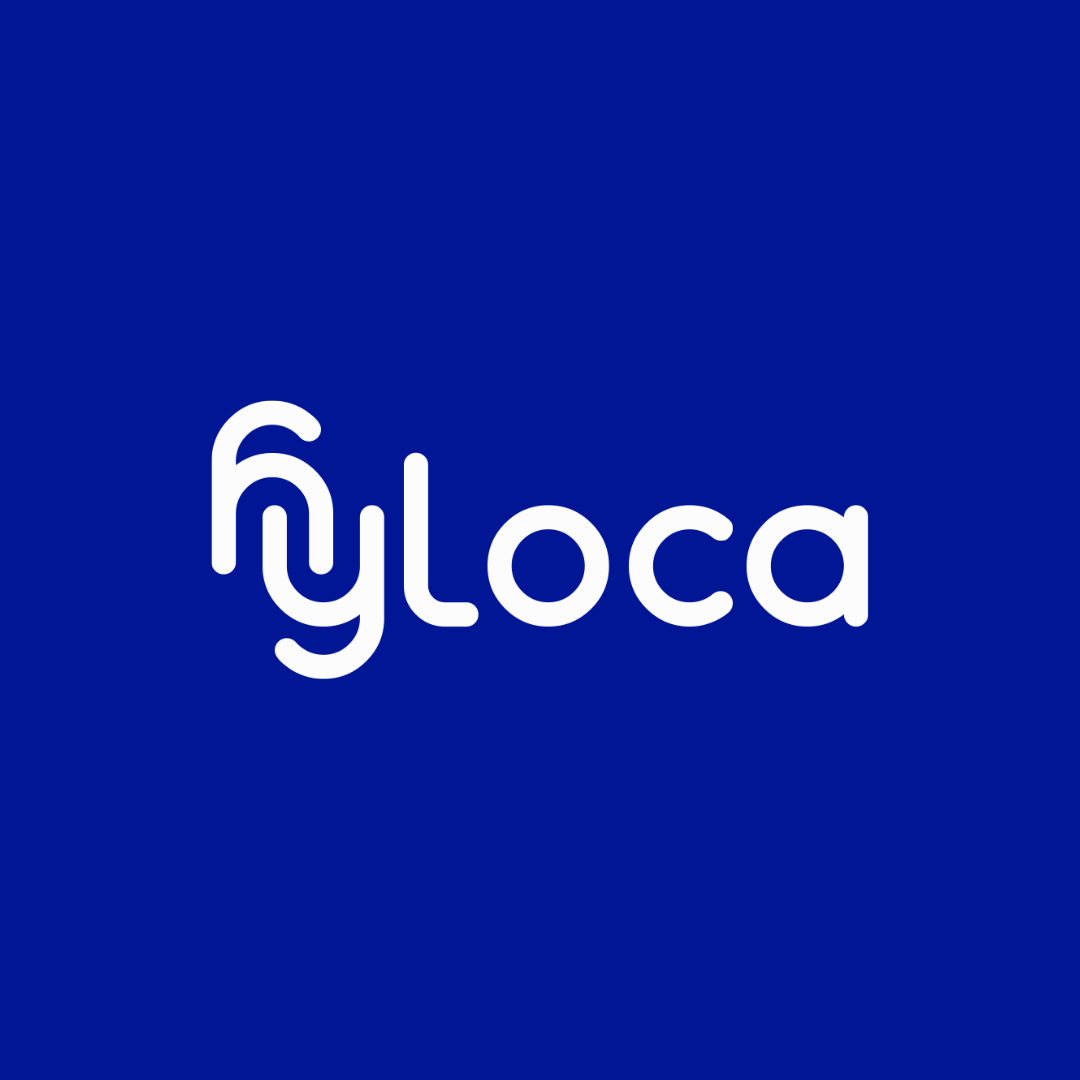Generative AI in Revolutionizing Content Creation and Creativity
In recent years, the field of artificial intelligence (AI) has witnessed groundbreaking advancements, particularly with the emergence of generative AI. This subset of AI is not just an incremental innovation; it represents a paradigm shift in how content is created and how creativity is perceived and harnessed. In this article, we delve into the transformative impact of generative AI on content creation and creativity, exploring its potential, applications, and the challenges it presents.

Understanding Generative AI
Generative AI refers to algorithms that can generate new content, be it text, images, music, or even video, that mimics the style and nuance of human-created content. Unlike traditional AI systems that are designed to recognize patterns and make decisions based on existing data, generative AI is capable of creating entirely new data. This is achieved through models such as Generative Adversarial Networks (GANs) and transformers, which have been at the forefront of recent AI innovations.
Innovation in Content Creation
One of the most significant impacts of generative AI is its ability to revolutionize content creation across various industries. From marketing to entertainment, generative AI tools are enabling professionals to produce high-quality content with unprecedented speed and efficiency.
Marketing and Advertising
In the realm of marketing, generative AI is being used to create personalized content that resonates with individual consumers. AI-driven platforms can analyze consumer data to generate tailored advertisements, social media posts, and email campaigns that are more likely to engage the target audience. This level of personalization was previously unattainable with traditional content creation methods.
Entertainment and Media
The entertainment industry is also benefiting from the creative prowess of generative AI. From scriptwriting to music composition, AI is assisting creators in generating new ideas and content. For instance, AI algorithms can analyze existing music tracks to create new compositions that maintain the desired style and mood. Similarly, in the film industry, AI can help in generating storyboards and even editing video content, streamlining the production process.
Journalism and Publishing
In journalism, generative AI is being used to produce articles and reports, particularly in areas that require data-driven content such as financial analysis and sports reporting. AI can sift through vast amounts of data to generate coherent and informative articles in a fraction of the time it would take a human journalist. This not only enhances productivity but also allows journalists to focus on more investigative and creative aspects of their work.
Enhancing Creativity
While some may fear that AI could stifle human creativity, generative AI is proving to be a powerful tool for enhancing it. By automating routine tasks and providing new perspectives, AI allows creators to focus on higher-order creative processes.
Collaboration between Humans and AI
Generative AI acts as a collaborator, offering suggestions and ideas that creators might not have considered. For example, in graphic design, AI tools can generate multiple design prototypes based on initial inputs, allowing designers to explore a wider range of creative possibilities. This collaborative approach not only speeds up the creative process but also leads to more innovative outcomes.
Overcoming Creative Blocks
Creativity is often hampered by mental blocks and the pressure to produce original content. Generative AI can help overcome these hurdles by providing a starting point or inspiration. Writers, for instance, can use AI to generate plot ideas or character names, sparking new directions for their stories.
Challenges and Ethical Considerations
Despite its potential, the rise of generative AI brings with it several challenges and ethical considerations that must be addressed to ensure its responsible use.
Quality and Authenticity
One of the primary concerns is the quality and authenticity of AI-generated content. While AI can produce content that is stylistically similar to human-created work, it may lack the depth and nuance that come from human experience and emotion. Ensuring the authenticity of content and maintaining a balance between AI-generated and human-generated work is crucial.
Intellectual Property and Copyright
The question of intellectual property rights is another significant challenge. Who owns the content created by AI? This question becomes even more complex when AI is used collaboratively with human creators. Establishing clear guidelines and legal frameworks is essential to protect the rights of all parties involved.
Ethical Use and Misinformation
Generative AI also raises ethical concerns, particularly regarding its potential use in spreading misinformation. The ability of AI to generate realistic but false content can be exploited for malicious purposes, such as creating deepfakes or misleading articles. It is imperative to develop robust measures to detect and prevent the misuse of AI-generated content.
The Future of Generative AI in Content Creation
As generative AI continues to evolve, its role in content creation and creativity is expected to expand further. Future advancements may lead to even more sophisticated AI tools that can seamlessly integrate with human creativity, offering unprecedented levels of innovation and efficiency.
Personalized Content Experiences
The future of content creation lies in personalization, and generative AI is poised to play a pivotal role in this evolution. By leveraging AI, creators can produce content that is not only tailored to individual preferences but also adapts in real-time to user interactions, creating immersive and engaging experiences.
Expanding Creative Horizons
Generative AI has the potential to expand creative horizons by enabling the exploration of new styles, genres, and mediums. As AI becomes more adept at understanding and mimicking human creativity, it will open up new avenues for artistic expression and experimentation.
Conclusion
Generative AI is undeniably reshaping the landscape of content creation and creativity. Its ability to generate innovative content, enhance collaboration, and overcome creative barriers positions it as a valuable tool for creators across industries. However, to fully harness the potential of generative AI, it is crucial to address the challenges it presents and ensure its ethical and responsible use. As we move forward, the collaboration between human creativity and AI innovation will undoubtedly lead to new and exciting possibilities in the world of content creation.

